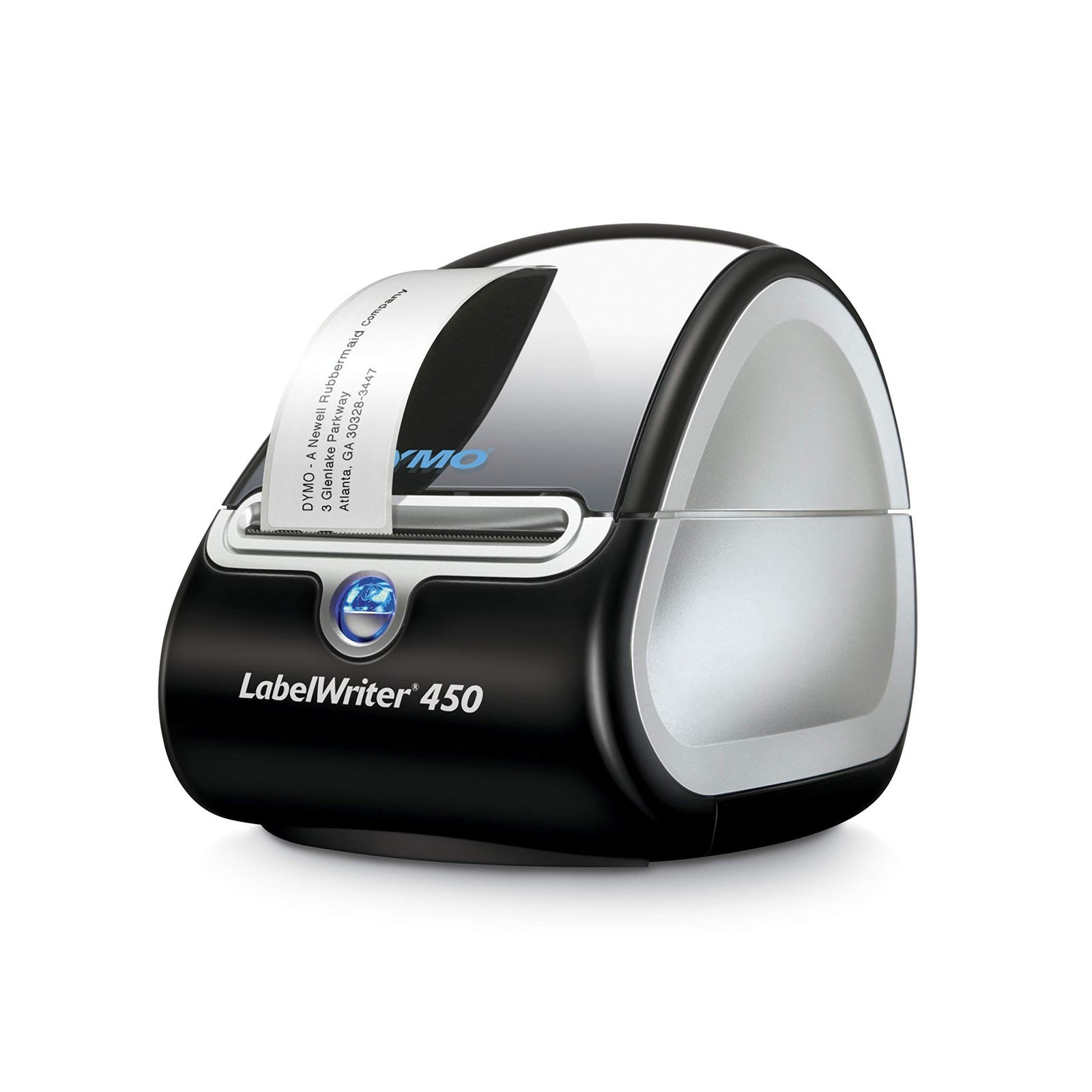Introduction
In today’s digital world, social media advertising plays a significant role in marketing. It allows brands to connect with potential customers directly and is a powerful tool for eCommerce businesses. Social media platforms like Facebook, Instagram, and Twitter have millions of users, making them perfect places for brands to promote their products.
The rise of eCommerce has changed how people shop. More and more consumers are turning to the internet for their shopping needs. Social media is a big part of this change, as it not only helps brands reach their audience but also influences shopping decisions. This article will explore the power of social media advertising for eCommerce brands, focusing on its benefits, effective strategies, ways to measure success, challenges, and future trends.
Section 1: Understanding Social Media Advertising
What is Social Media Advertising?
Social media advertising involves paying to promote products or services on social media platforms. This can include ads that appear in users’ feeds, stories, or even in search results on these platforms. These ads can be in different formats, such as images, videos, or carousel ads, which allow brands to showcase multiple products in one ad.
Key Platforms for eCommerce Advertising
Several major platforms are widely used for advertising eCommerce brands. Each has its unique features:
- Facebook: Known for its large user base, Facebook allows brands to target specific audiences based on their interests, behaviors, and demographics. Facebook ads can be tailored to reach potential customers effectively.
- Instagram: A visually driven platform, Instagram is perfect for brands that rely on high-quality images and videos. The platform also has features like shopping tags that allow users to purchase directly from posts.
- Twitter: This platform is great for engaging with customers in real time. Brands can use Twitter to share updates, promotions, and customer support.
- Pinterest: A platform for discovering ideas and inspiration, Pinterest is useful for brands that focus on lifestyle products. Users often go to Pinterest to plan purchases, making it a great place for advertising.
- TikTok: This platform is known for short, entertaining videos and has quickly gained popularity among younger audiences. Brands can create fun and engaging ads to capture the attention of users.
Section 2: The Benefits of Social Media Advertising for eCommerce Brands
1. Brand Awareness
One of the main benefits of social media advertising is increased brand awareness. When people see your ads on social media, they become familiar with your brand. This is important because consumers are more likely to buy from brands they recognize. For example, a study showed that brands that engage with customers on social media see a 20-40% increase in brand awareness.
2. Customer Engagement
Social media allows brands to interact directly with their customers. Engaging with customers can build strong relationships and increase loyalty. Brands can use polls, contests, and live videos to encourage interaction. For instance, a clothing brand might host a contest where customers can share photos wearing their outfits. This not only engages customers but also creates user-generated content that can be used for future marketing.
3. Targeted Advertising
Social media platforms offer advanced targeting options. Brands can reach specific audiences based on factors like age, location, interests, and shopping behaviors. This means that instead of wasting money on ads that might not reach potential customers, brands can focus their efforts on people who are more likely to be interested in their products. For example, a fitness brand can target ads to users who have shown an interest in health and wellness.
4. Increased Conversion Rates
Social media advertising can lead to higher conversion rates. When done correctly, social media ads can turn viewers into buyers. Brands that use social media to promote special offers, discounts, or limited-time promotions often see an increase in sales. For instance, a cosmetic brand running a limited-time discount on Instagram might see a surge in purchases from users who want to take advantage of the deal.
Section 3: Crafting Effective Social Media Advertising Campaigns
1. Setting Campaign Objectives
Before launching an advertising campaign, brands need to set clear objectives. This could be to increase brand awareness, generate leads, or drive sales. Having specific goals helps brands create targeted content and measure the success of their campaigns.
2. Creating Compelling Visual Content
Visual content is crucial in social media advertising. Brands need to create eye-catching images and videos that grab attention. High-quality visuals can make a big difference in how well an ad performs. For example, a travel brand might use stunning photos of destinations to inspire users to book trips.
3. Developing a Strong Call-to-Action (CTA)
A call-to-action (CTA) tells users what to do next. Effective CTAs can increase the likelihood of conversions. Brands should use clear and compelling language to encourage users to take action, such as “Shop Now,” “Learn More,” or “Sign Up Today.” A well-placed CTA can make all the difference in turning a viewer into a customer.
4. Budgeting for Social Media Advertising
Setting a budget for social media advertising is essential. Brands should determine how much they are willing to spend and allocate their budget wisely. Different platforms have various cost structures, such as cost-per-click (CPC) and cost-per-thousand-impressions (CPM). Brands need to analyze their spending and adjust their strategies to maximize their return on investment (ROI).
Section 4: Measuring the Success of Social Media Advertising
1. Social Media Analytics
To understand how well their campaigns are performing, brands should use social media analytics tools. These tools help track the performance of ads, showing how many people viewed, liked, or shared them. Google Analytics and built-in insights from social media platforms can provide valuable data to improve future campaigns.
2. Key Metrics to Monitor
Brands should focus on several key metrics to measure success. These include:
- Engagement Rates: This shows how users are interacting with ads (likes, shares, comments).
- Click-Through Rates (CTR): The percentage of users who clicked on the ad compared to the total number of views.
- Conversion Rates: This measures how many users completed the desired action after clicking on the ad, such as making a purchase.
Monitoring these metrics helps brands understand what works and what doesn’t, allowing them to make data-driven decisions.
3. Analyzing Audience Behavior
Understanding audience behavior is key to successful social media advertising. Brands should analyze the data to see what type of content resonates with their audience. By examining user preferences and behaviors, brands can adjust their strategies to better meet the needs of their customers.
Section 5: Challenges and Solutions in Social Media Advertising
1. Algorithm Changes
One challenge that brands face is the frequent changes in social media algorithms. These changes can affect how many people see an ad. To overcome this, brands should stay updated on platform changes and adjust their strategies accordingly. Creating high-quality, engaging content is more likely to be favored by algorithms, ensuring better reach.
2. Increasing Competition
With more brands using social media advertising, competition is fierce. To stand out, brands should focus on unique selling points and create memorable content. This can include storytelling, influencer collaborations, or creative campaigns that capture attention.
3. Managing Negative Feedback
Negative feedback is inevitable in social media advertising. How brands handle criticism can impact their reputation. It’s important to respond promptly and professionally to any negative comments. By addressing customer concerns openly, brands can turn a negative experience into a positive one and show that they value customer feedback.
Section 6: Future Trends in Social Media Advertising for eCommerce
1. The Rise of Influencer Marketing
Influencer marketing continues to grow in popularity. Brands can leverage influencers to reach larger audiences and gain credibility. Working with influencers who align with the brand’s values can create authentic connections and drive sales. For example, a fitness brand collaborating with a popular fitness influencer can attract new customers through their trusted recommendations.
2. Shopping Features on Social Media
Many social media platforms are adding shopping features, allowing users to buy products directly from ads. This trend is likely to continue, making it easier for consumers to make purchases. Brands should take advantage of these features to streamline the buying process for their customers.
3. AI and Automation in Advertising
Artificial intelligence (AI) is becoming more prevalent in social media advertising. Brands can use AI to analyze data, personalize content, and improve targeting. Automation tools can also help manage campaigns, making it easier for brands to reach their audiences effectively and efficiently.
Conclusion
In conclusion, social media advertising offers tremendous power for eCommerce brands. By increasing brand awareness, engaging customers, and providing targeted advertising, social media can lead to higher conversion rates and sales. Brands that craft effective advertising campaigns, measure their success, and adapt to challenges will thrive in this dynamic landscape.
As social media continues to evolve, staying ahead of trends like influencer marketing, shopping features, and AI will be crucial for eCommerce brands looking to succeed. Embracing the power of social media advertising is not just a choice; it’s essential for any eCommerce brand aiming for growth and success in today’s competitive market.





















